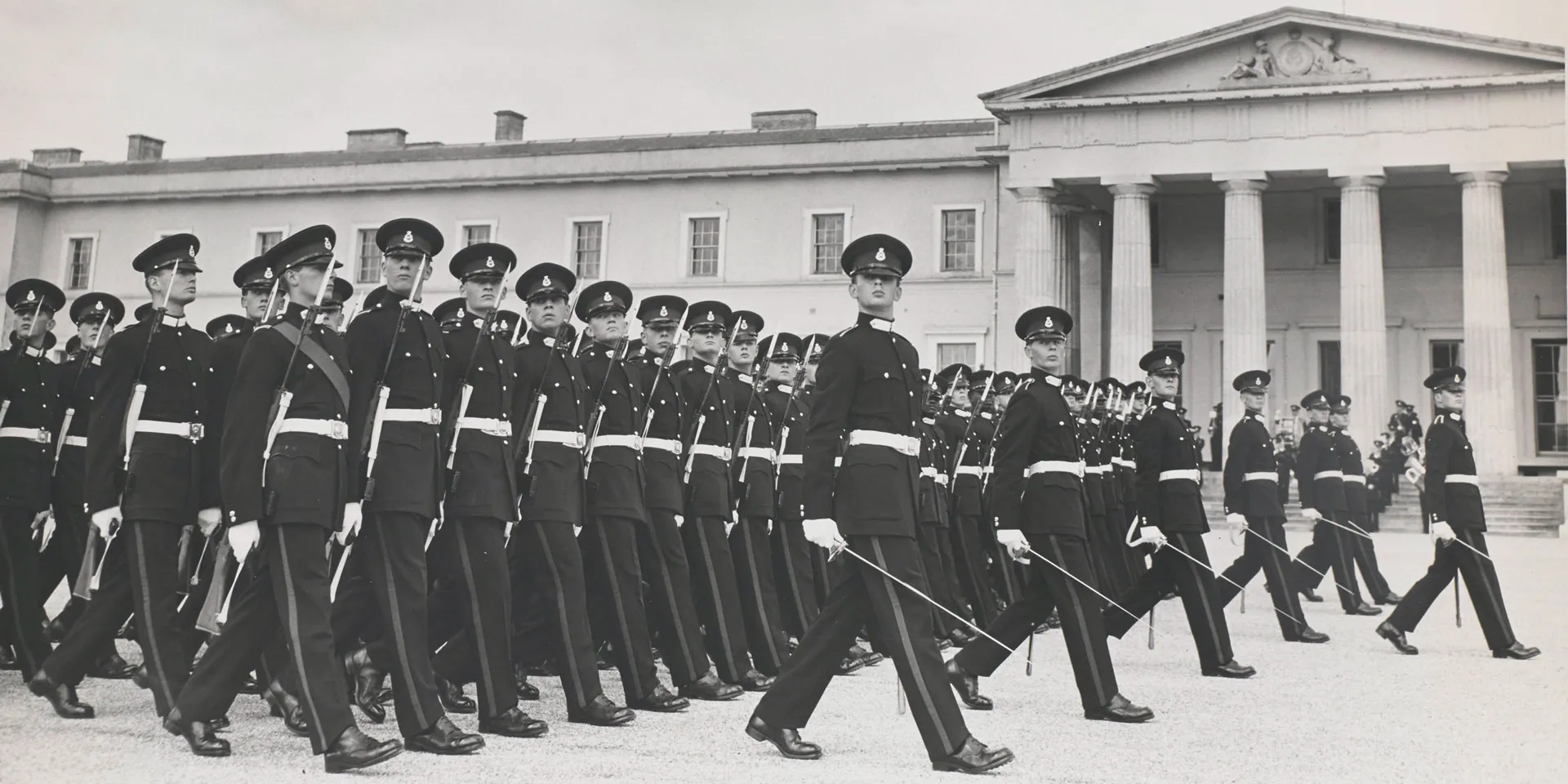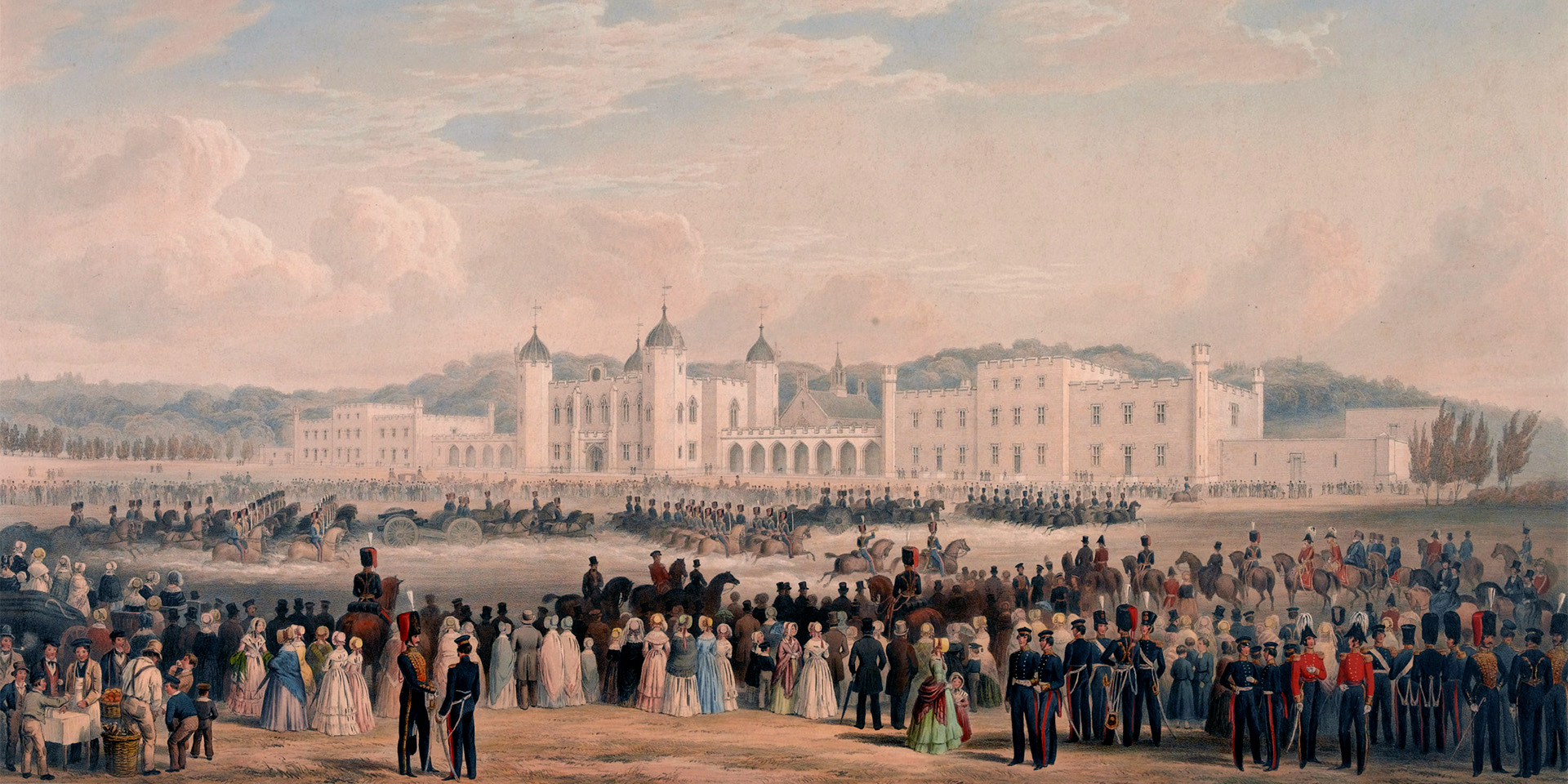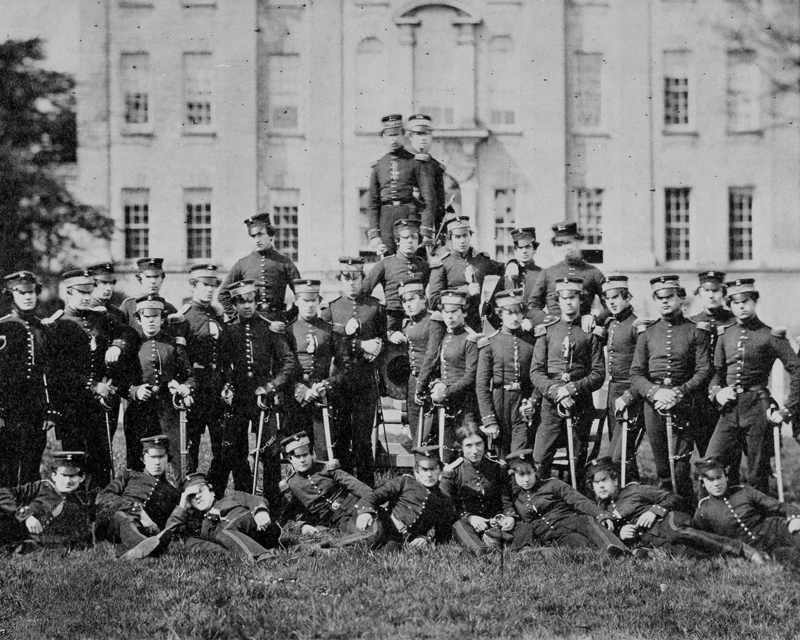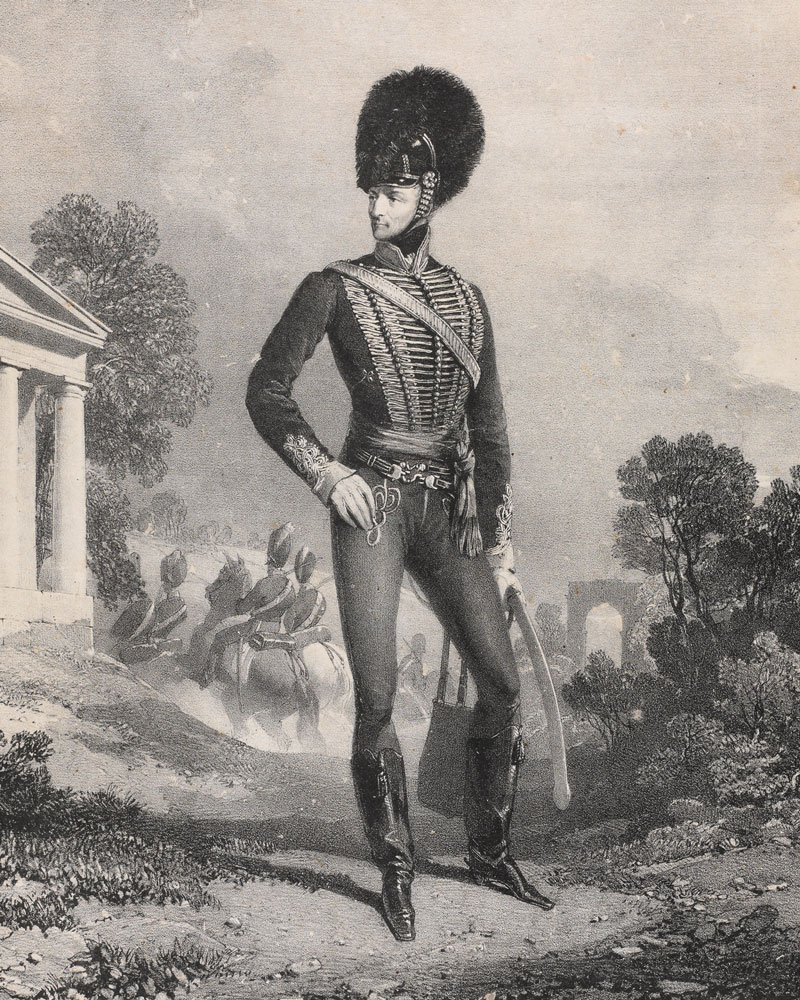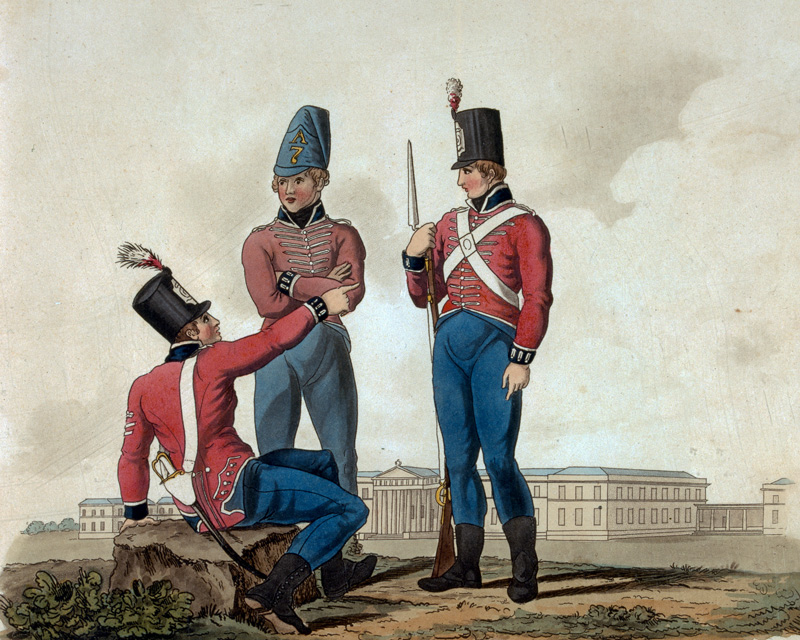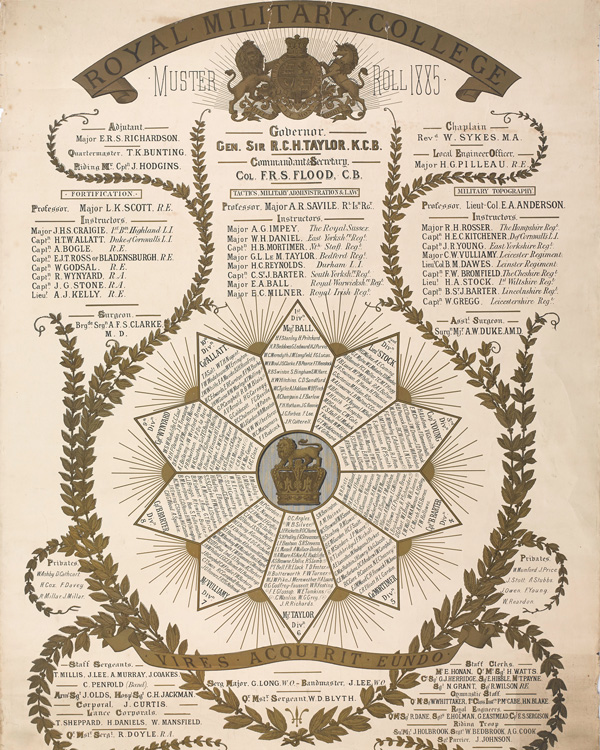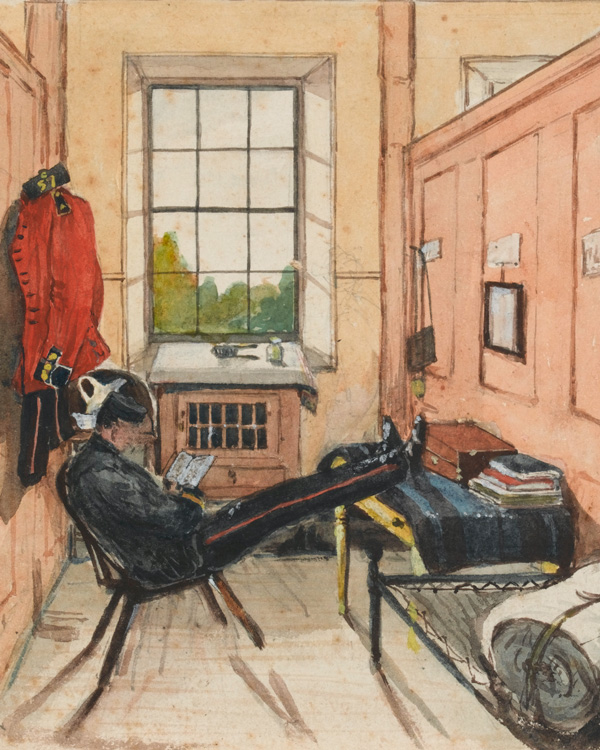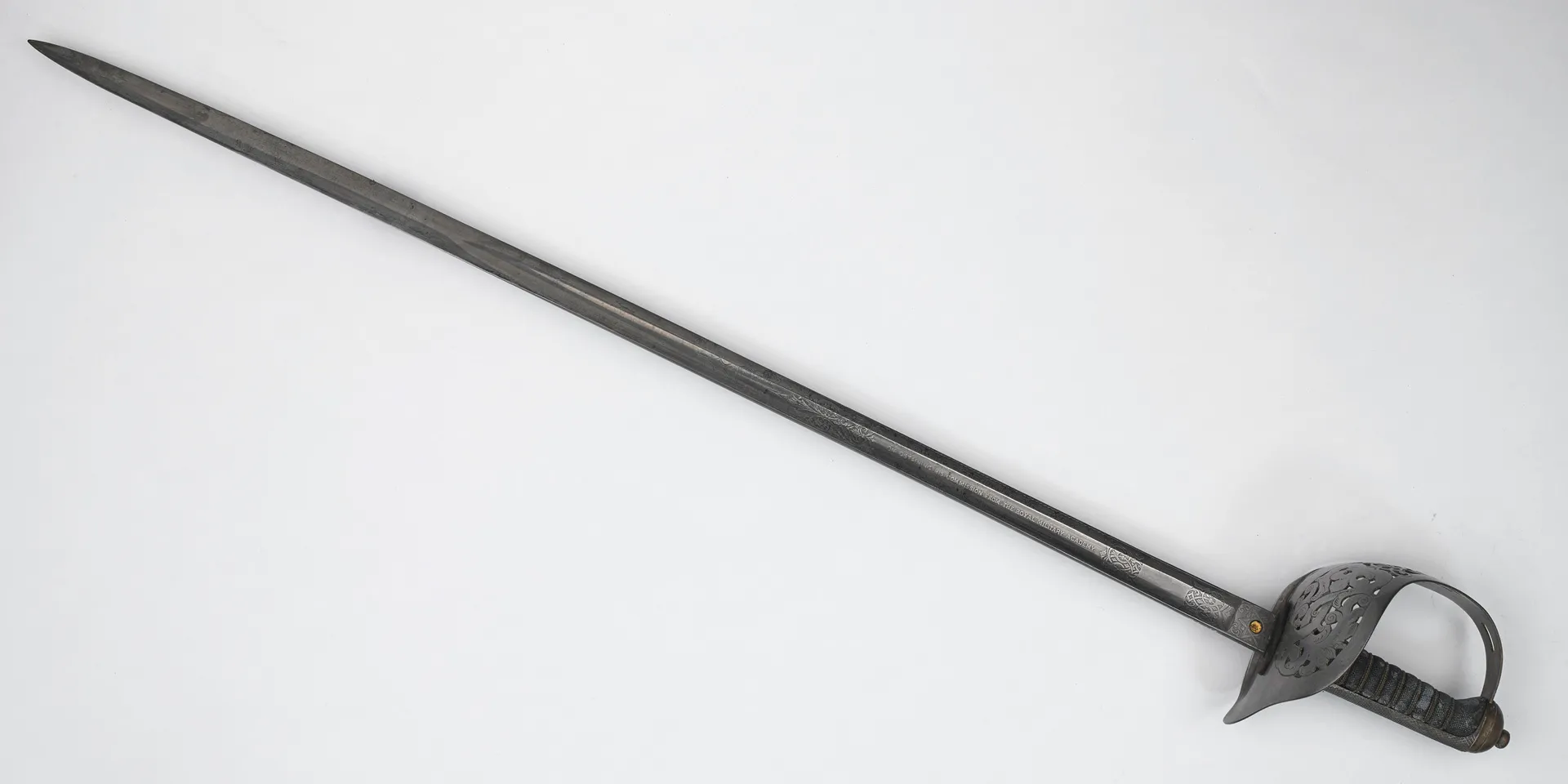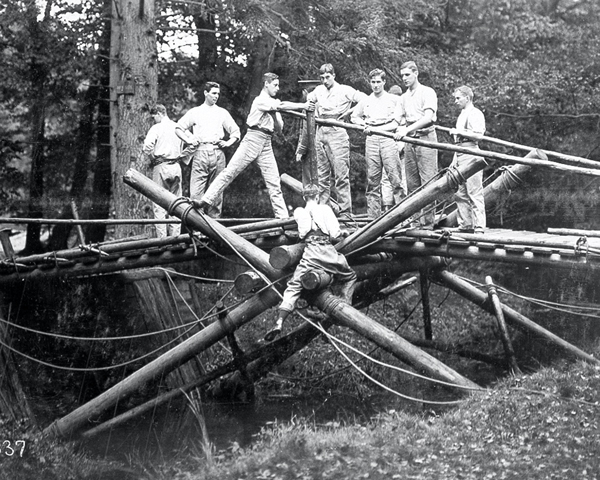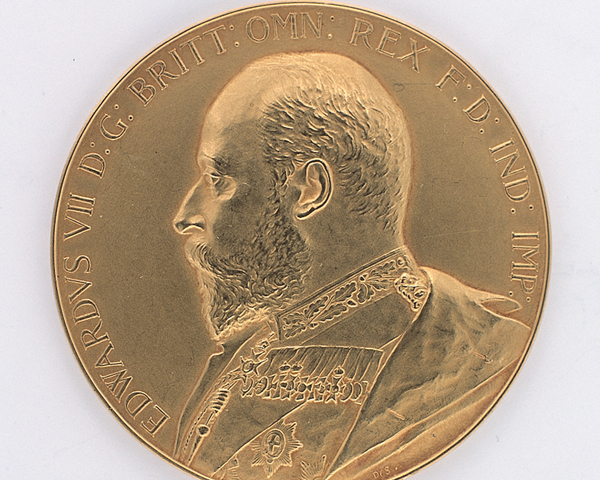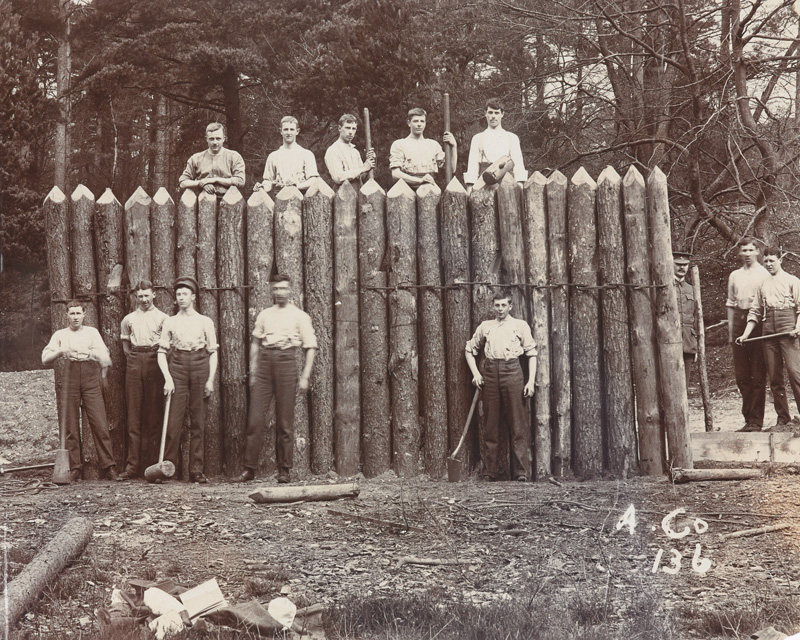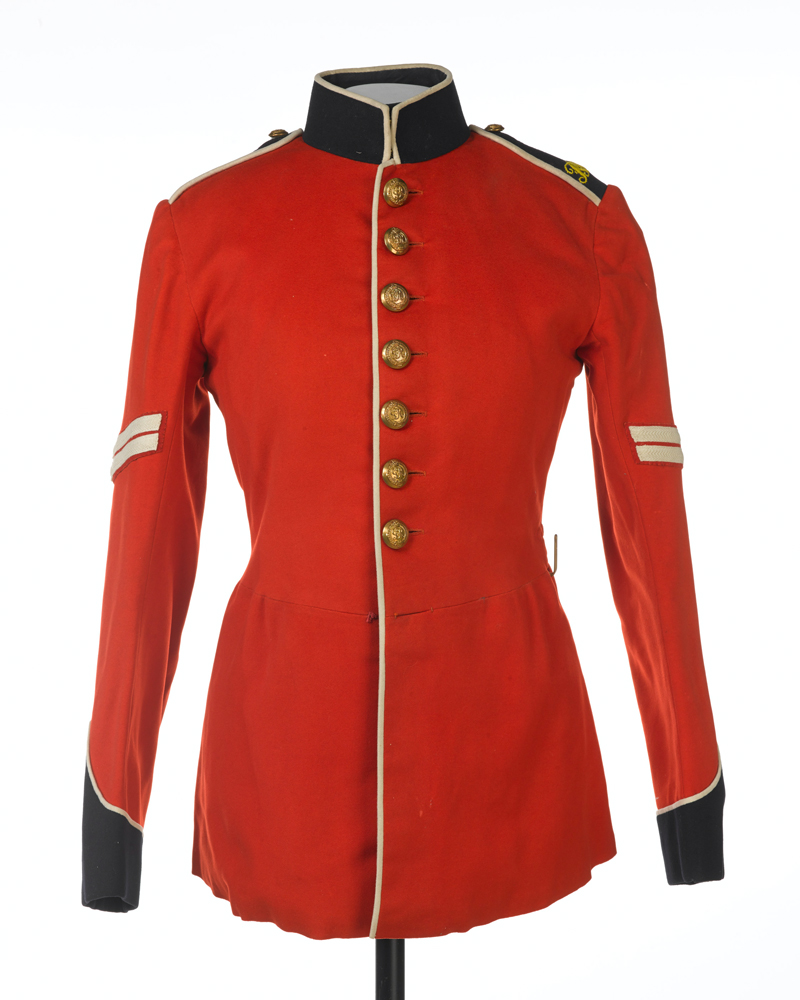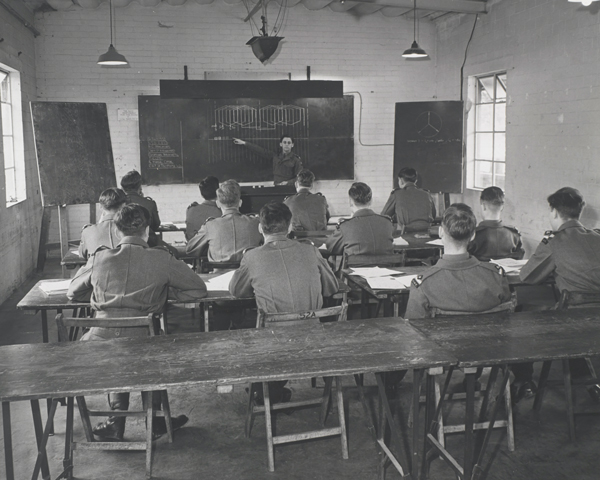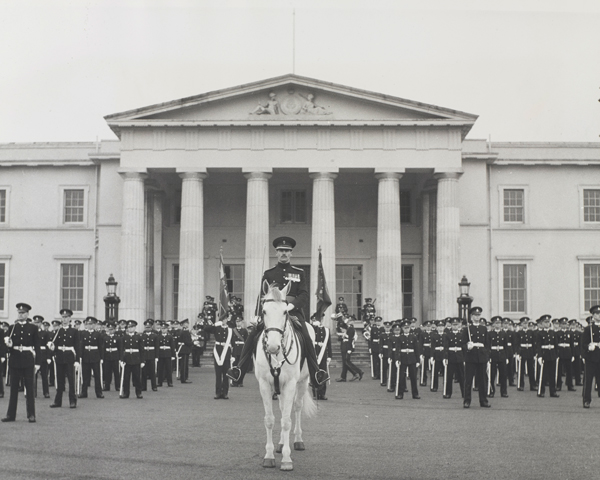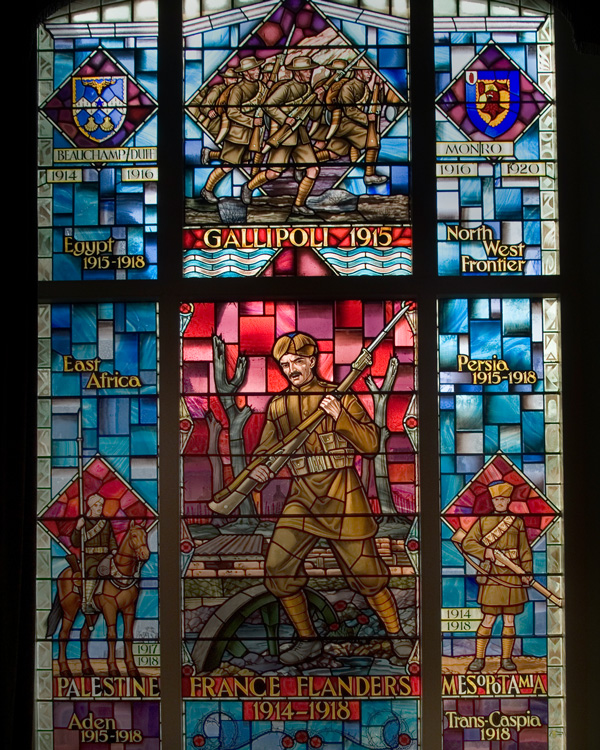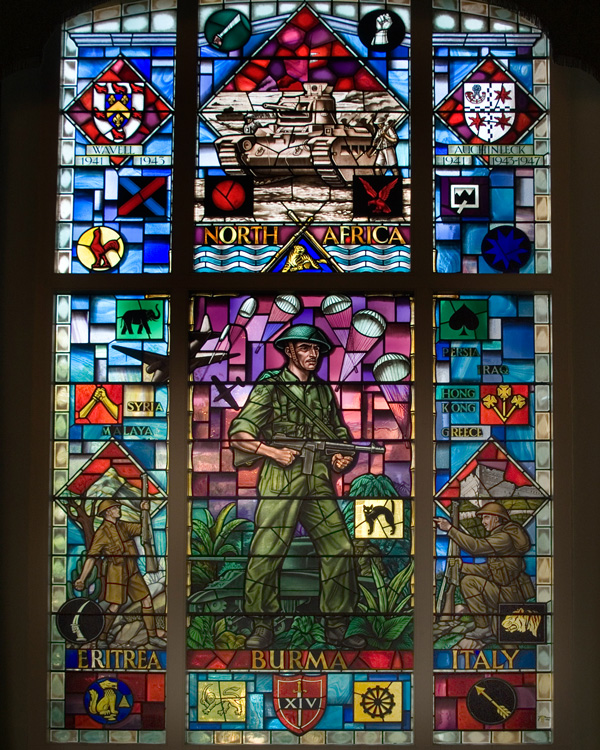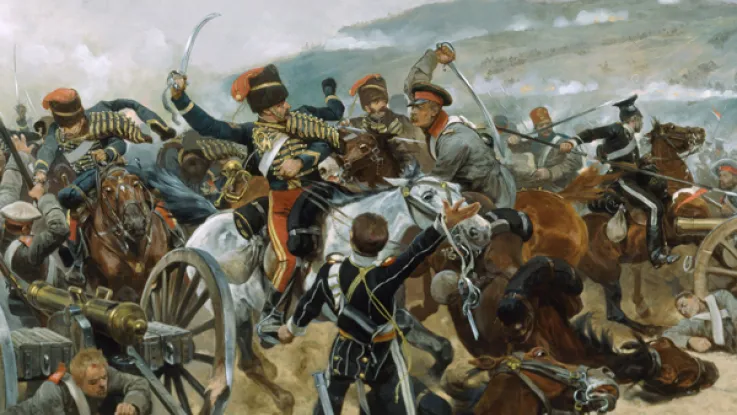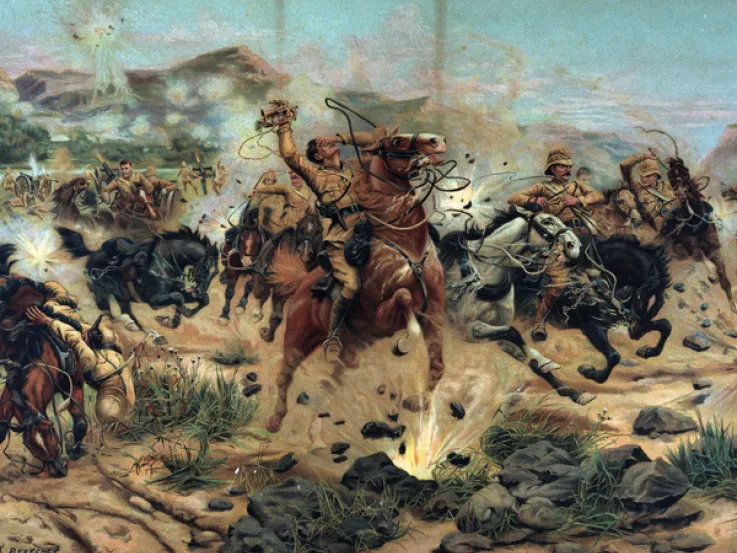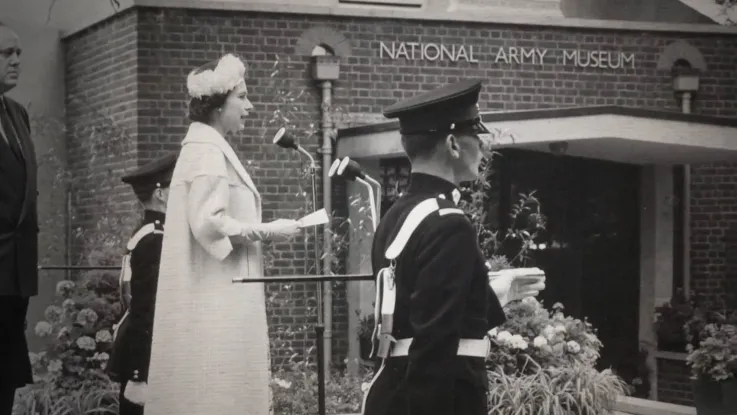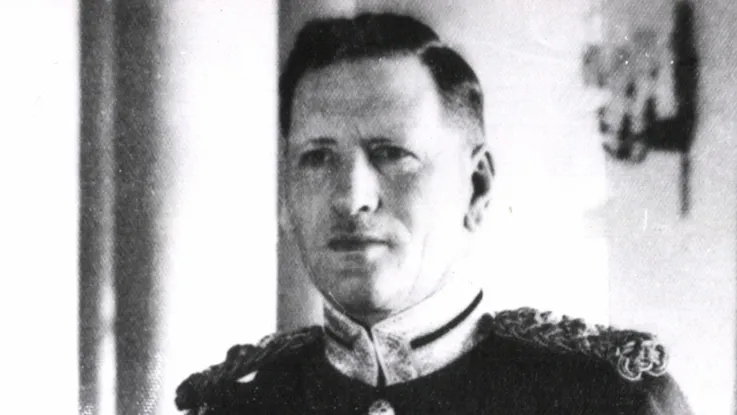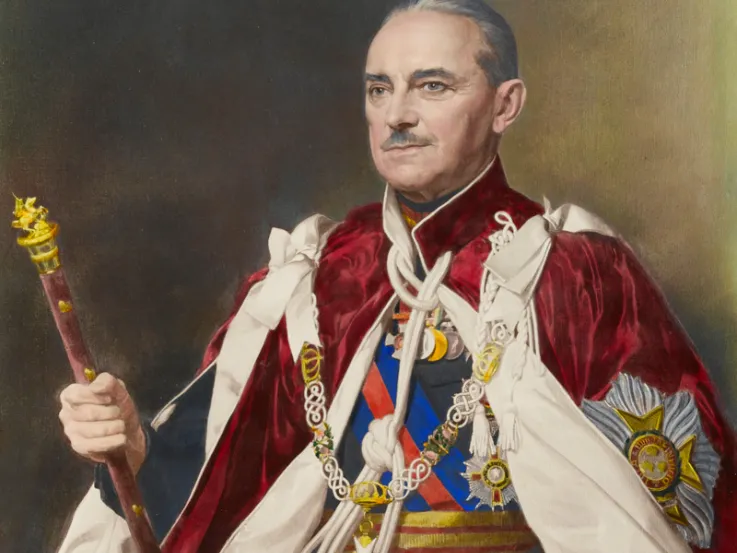Early military education
Prior to the establishment of Sandhurst, most British Army officers received professional training at privately run military colleges, often focused around the specific branch of the service they intended to enter.
The training these colleges provided, however, was not compulsory. Anyone who could afford it, and was so inclined, could become an officer simply by purchasing a commission.
Woolwich
The first officially sanctioned military college was the Royal Military Academy (RMA), Woolwich, established in 1741 by the Royal Artillery. The RMA focused on the rapidly advancing technical skills that artillery officers required, teaching maths and science as well as more military subjects.
The RMA was later expanded to include officer training for the Royal Engineers. It also trained many officer cadets for the East India Company’s armies until 1809 when the Company established its own college at Addiscombe in Surrey. Despite these developments, there was still no official college for infantry or cavalry officers of the British Army.
Le Marchant
Among those who sought to remedy this was Colonel John Le Marchant, a veteran of the Flanders campaign of the French Revolutionary Wars (1793-1802). His experience there highlighted to him the deficiencies of the British officer corps in comparison to their Austrian allies.
Reportedly, an Austrian officer described British swordsmanship as most entertaining and reminiscent of someone chopping wood - a comment that would undoubtedly have riled any British officer. Le Marchant decided to rectify this. Following his return to England in 1795, he worked with a swordsmith to design a new light cavalry sabre and produced a manual of swordsmanship. Both of these were officially adopted.
The success of this project, along with his relationships with influential people such as King George III and Henry, Lord Paget, the Earl of Uxbridge, led him to develop more ambitious plans to establish an official military college to provide training for infantry and cavalry officers.
High Wycombe and Marlow
In 1799, at the instigation of Le Marchant and the Duke of York, the Army’s commander in-chief, a staff school was established at High Wycombe in Buckinghamshire to develop the skills of existing young officers. Unsurprisingly, Le Marchant was appointed as Governor. This school, soon known as the Senior Department, would later become the Army Staff College. It was the basis for the Royal Military College (RMC).
Its success led Le Marchant to establish a school at Marlow in 1802 to teach prospective cadets. The school had two parts, the first of which accepted boys from the age of 13 and provided them with a general education; the second then taught military subjects to graduates of the first. These establishments became known as the Junior Department.
In 1812, both the Senior and Junior Departments moved to new specially-built premises at Sandhurst in Berkshire. Le Marchant’s role in establishing the military schools is still commemorated today. One of the VIP dining rooms at RMAS is named after him and features objects relating to him from the Sandhurst Collection.
Cadets
Those who successfully completed the College course would be awarded a free commission into the Army. However, cadets could leave at any point during their training and purchase a commission.
Even those who left early would often be preferred to men who had no form of military education. And, as time progressed, Sandhurst cadets came to be preferred to those officers who entered the regular Army via the militia or yeomanry.
Study
The Army recognised that academic study developed effective military leaders. Specialist knowledge and education was also required for roles in a force that continually embraced new technology.
The courses at the Royal Military College Sandhurst and Royal Military Academy Woolwich reflected this. They were designed to grow an understanding of the human, operational and strategic context in which officers worked.
As usual with 19th-century educational institutions, the cadets led a tough and disciplined existence, which might have helped them to cope with the career path they had chosen.
Review and reform
There was a constant need for re-evaluation of the training curriculums at Sandhurst and Woolwich as a consequence of their remits changing and the evolving nature of warfare. Social changes also impacted on them as the British class system became more mobile and applicants became more diverse. Indeed, the eventual abolition of the purchase of commissions encouraged more middle-class cadets intent on a professional career.
Developments from more recent conflicts were not always quickly adopted. This frequently led to criticism of officer education. However, following significant conflicts, the teaching and curriculum at Sandhurst was overhauled by committees. Indeed, the leadership failings of the Crimean War (1854-56) inspired wider reforms of the officer corps and its training.
Although evidence from Sandhurst’s own archives suggests that the teaching staff did their best with the resources available to them, and that the majority of cadets made the most of the education available to them, these committees were often critical.
Learning from the past
Gradually, the RMC would evolve into a military school closely associated with the War Office, training prospective officers in military skills. One of the subjects that was essential to this development of young officers was military history.
Although not always taught as a standalone subject, military history played a significant role in some of the most important courses at Sandhurst such as Tactics and Fortifications. These subjects used historical examples to illustrate the principles, often in combination with practical activities.
Review
The military history that was taught within these courses usually applied to European wars rather than the colonial conflicts that the Army was most frequently engaged with during the Victorian period. This would result in an officer corps which was not always fully equipped for the Boer War (1899-1902) and a review of the curriculums at Sandhurst and Woolwich to rectify the deficiencies.
The post-Boer War review, like its predecessors, sharpened Sandhurst’s and Woolwich's focus on military history. This teaching gave cadets a deeper understanding of the principles of war and how they could apply these to a wide variety of situations, which they might encounter during their careers.
RMAS today
After the Second World War (1939-45), budget cuts saw RMA Woolwich unify with RMC Sandhurst in 1947. This created the Royal Military Academy Sandhurst (RMAS).
The RMAS still provides officer cadet training and acts as the primary source of regular Army officers. It also offers training to international students from other armies and teaches short courses to officers going into specialised branches - such as doctors, chaplains and lawyers - and to those commissioning from the ranks.
Since 1984, female officers have also been trained there. Before that date, women had their own separate officer training school - the Women’s Royal Army Corps College at Frimley Park, Camberley.
Many of today’s RMAS cadets already hold an undergraduate degree in War Studies or a similar subject from university on arrival. However, Sandhurst still teaches the principles of war from their use in historical contexts.
History as an institution
Given the importance of military history in the education provided to cadets at Sandhurst, it is no surprise that the institution takes its own history, and that of the Army, very seriously.
Sandhurst has its own collection of historical artefacts and documents, many of which were collected after the First World War (1914-18) when many regiments were disbanded or amalgamated owing to budget cuts.
Sandhurst also has many memorials to cadets and former cadets who lost their lives during their training, such as the George Ayscough Booth Memorial window funded by his fellow cadets after his death in 1868, or memorials to those who lost their lives during conflicts.
Indian Army Memorial Room
One of the academy's most important memorials commemorates the Indian Army's service in the World Wars and inter-war periods. It consists of three beautiful stained glass windows in the Indian Army Memorial Room.
Following the partition of the Indian subcontinent in 1947, two former Commanders-in-Chiefs, India - Field Marshal Lord Birdwood and Field Marshal Sir Claude Auchinleck - called for donations to establish a memorial room for the disbanded Indian Army at Sandhurst. This room was formally opened in 1951.
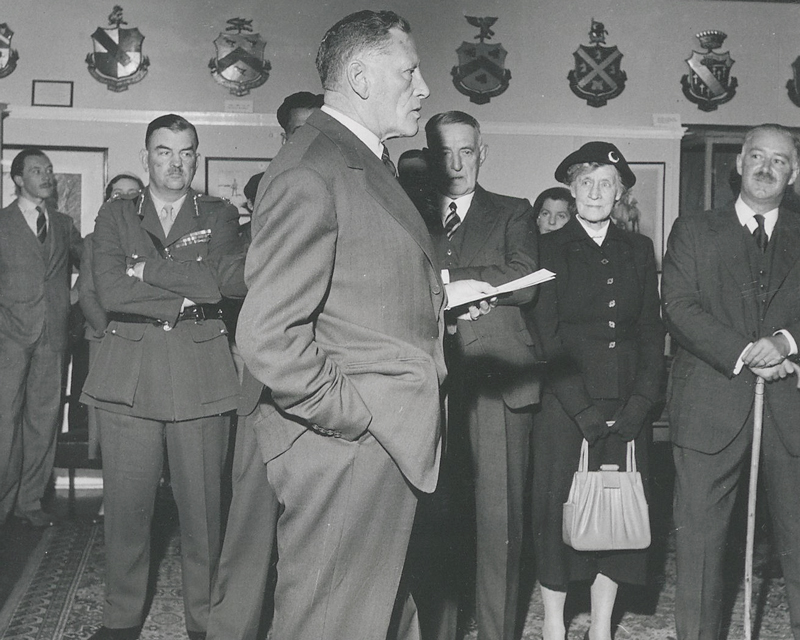
Field Marshal Sir Claude Auchinleck at the unveiling of the Indian Army plaques, 1956
Museum
The creation of the Indian Army Memorial Room led to wider calls from senior Army officers to widen the scope of the collection at Sandhurst, establishing memorial rooms for disbanded Irish and cavalry regiments in 1954. Soon after, calls began for all of these rooms to become part of a larger National Army Museum.
Owing primarily to the efforts of Field Marshal Sir Gerald Templer, but also the reduction of the Army following the 1957 Defence White Paper and the work of the collections staff at Sandhurst, the National Army Museum was founded at Sandhurst in 1960.
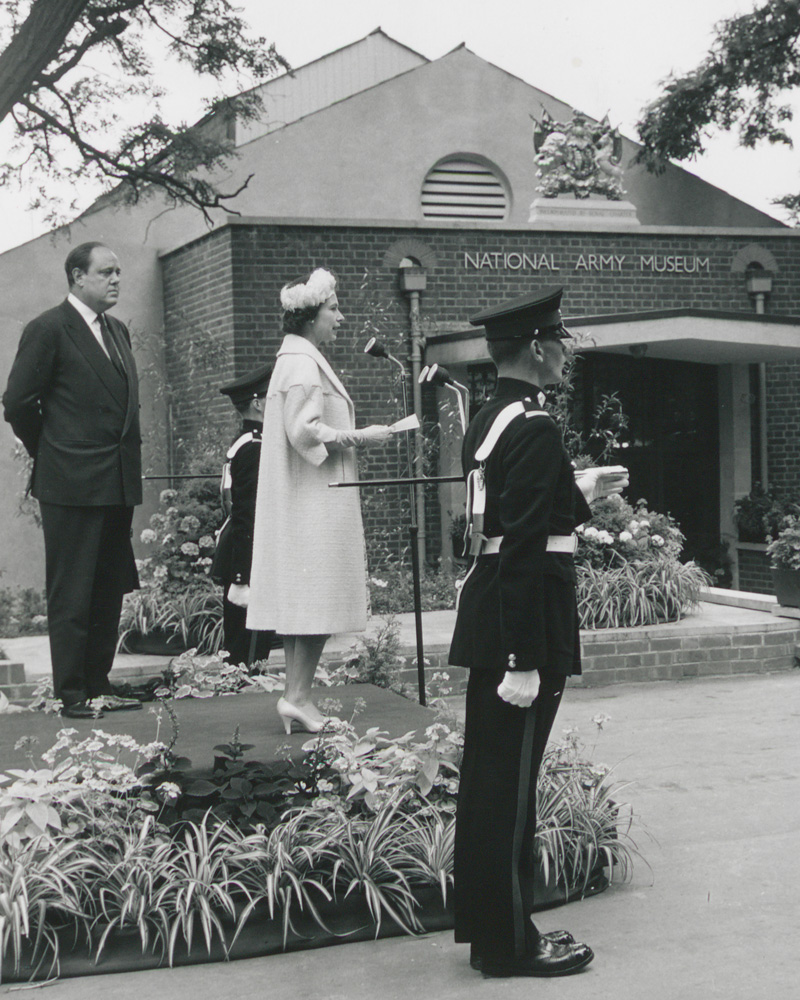
Queen Elizabeth II opening the National Army Museum, 1960
Ongoing ties
The collection continued to grow with support from Sandhurst, the Royal United Services Institution and other closely associated organisations, private individuals and of course the regiments themselves.
The Museum quickly ran out of space and a new building was planned in Chelsea. Following fundraising efforts and building works, the National Army Museum moved to its current site in 1971, leaving it with important ties to Sandhurst.
Today, the National Army Museum maintains the Indian Army Memorial Room at Sandhurst, has a presence at some of Sandhurst's events and hosts professional development tours to serving personnel.

